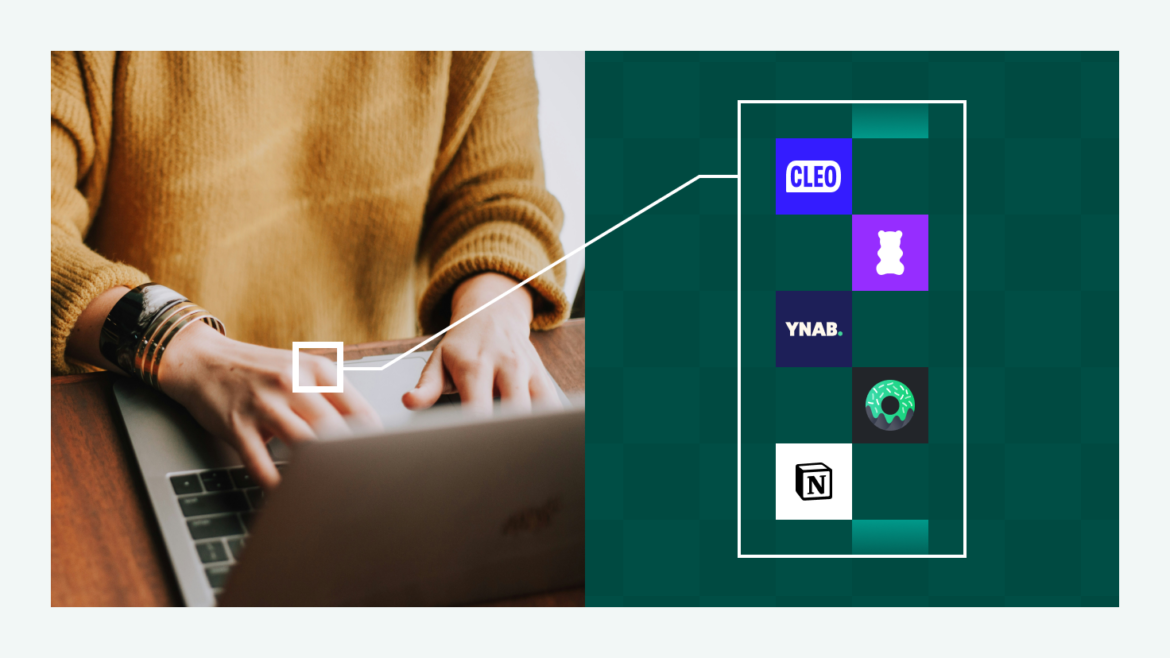Managing personal finances has never been more important, especially as the cost of living rises and financial goals become more complex. In 2025, smart budgeting apps have become essential tools for individuals seeking financial wellness. These digital assistants help track spending, optimize savings, and provide personalized insights — all aimed at empowering users to take control of their money with confidence and ease.
In this blog, we’ll explore the top features of smart budgeting apps in 2025, how they are transforming money management, and why incorporating one into your financial routine can boost your financial health.
Why Smart Budgeting Apps Matter More Than Ever
The traditional approach to budgeting—manually recording expenses in spreadsheets or notebooks—is no longer sufficient. Today’s consumers want more dynamic, automated solutions that adapt to their lifestyle and goals. Smart budgeting apps offer:
- Real-Time Expense Tracking: Automatically sync with bank accounts and credit cards to categorize spending as it happens.
- Personalized Budget Recommendations: AI-driven algorithms analyze your habits and suggest tailored budgets to help avoid overspending.
- Goal-Oriented Saving Plans: Whether you’re saving for a vacation, emergency fund, or retirement, apps create realistic targets and timelines.
These apps bring clarity to your financial picture, helping reduce stress and build better habits.
Key Features to Look for in 2025 Budgeting Apps
Not all budgeting apps are created equal. Here are the features making the biggest impact in 2025:
1. AI-Powered Insights and Forecasting
The integration of artificial intelligence allows apps to go beyond simple tracking. They forecast future spending based on past behavior and upcoming bills, alerting you to potential shortfalls or opportunities to save more.
2. Seamless Bank and Investment Integration
Top apps connect not only with checking and savings accounts but also with investment portfolios and retirement accounts. This holistic view enables better long-term financial planning.
3. User-Friendly Interfaces
Clean, intuitive designs ensure users of all experience levels can navigate and understand their financial data without feeling overwhelmed.
4. Automated Savings and Bill Payments
Many apps now offer automatic transfers to savings accounts and timely bill payment reminders, reducing late fees and encouraging consistent saving.
5. Customizable Categories and Alerts
Users can personalize spending categories and set alerts for budget limits, helping maintain discipline and avoid surprise overspending.

Popular Smart Budgeting Apps Leading the Market
Several apps have emerged as favorites in tier 1 countries, combining advanced technology with user-centric design.
- Mint: A long-standing favorite, Mint continues to innovate with AI-driven budgeting, bill tracking, and credit score monitoring.
- YNAB (You Need A Budget): Renowned for its proactive approach, YNAB helps users allocate every dollar intentionally, promoting mindful spending.
- PocketGuard: Focused on simplicity, PocketGuard shows how much disposable income you have after accounting for bills and goals.
- Emma: Offers an all-in-one solution that tracks subscriptions, investments, and provides personalized financial advice.
- Personal Capital: Ideal for users looking to integrate budgeting with wealth management, providing powerful tools for tracking net worth and investments.
Each app caters to different user preferences, but all prioritize security and data privacy — a crucial consideration in today’s digital environment.
How Smart Budgeting Apps Promote Financial Wellness
Beyond just managing money, these apps encourage healthier financial behaviors:
- Increased Financial Awareness: By visualizing income and expenses, users become more aware of where their money goes.
- Stress Reduction: Automated tracking and reminders reduce the anxiety associated with manual money management.
- Improved Savings Rates: With goal-setting features and automated transfers, users are more likely to meet savings objectives.
- Debt Management Support: Many apps offer strategies for prioritizing and paying down debt efficiently.
The result is a more empowered user who can make smarter financial decisions backed by data and insights.
Tips for Maximizing Your Smart Budgeting App Experience
To get the most from your budgeting app in 2025, consider these best practices:
- Regularly Review Your Budget: Check your app weekly to adjust spending categories or update goals.
- Sync All Financial Accounts: The more accounts connected, the fuller the financial picture.
- Use Alerts Wisely: Set notifications for bill payments, low balances, and unusual transactions.
- Engage With Educational Content: Many apps provide blogs, tutorials, and tips — take advantage of these to deepen your financial literacy.
- Combine Apps When Needed: Some users find value in using one app for budgeting and another for investments or debt tracking.
The Future of Budgeting Apps: What’s Next?
Looking ahead, smart budgeting apps will continue evolving with advances in technology:
- Voice-Activated Budgeting: Integration with voice assistants will allow hands-free money management.
- Enhanced AI for Emotional Spending: Future apps may detect emotional triggers and help users curb impulsive purchases.
- Deeper Integration with Smart Devices: Apps will leverage IoT (Internet of Things) to track spending on connected devices like smart home gadgets or wearables.
- Sustainability Tracking: Users may soon track the environmental impact of their spending choices alongside their budgets.
As these trends unfold, smart budgeting apps will become even more indispensable in fostering holistic financial wellness.
Smart budgeting apps are no longer just nice-to-have tools—they are essential for anyone serious about taking control of their finances in 2025. By leveraging AI, automation, and intuitive design, these apps simplify money management and support lasting financial health. Whether you are new to budgeting or looking to upgrade your financial toolkit, exploring these apps can pave the way to smarter spending and a more secure financial future.

